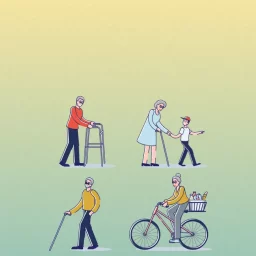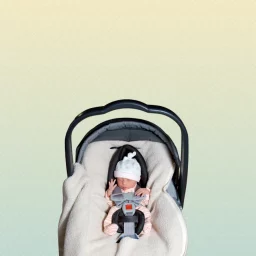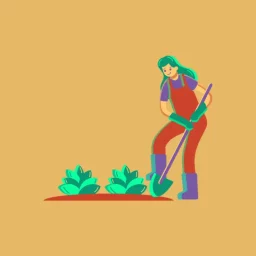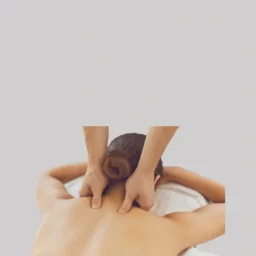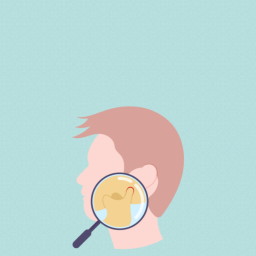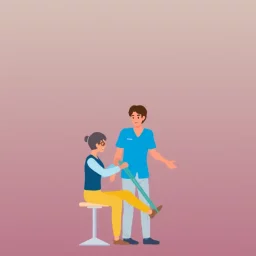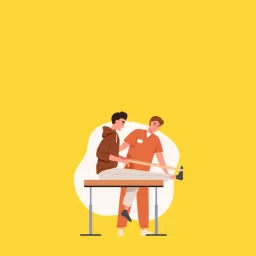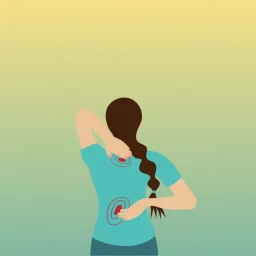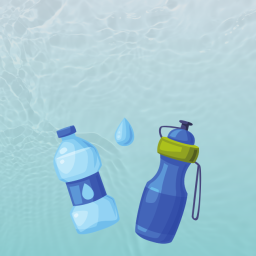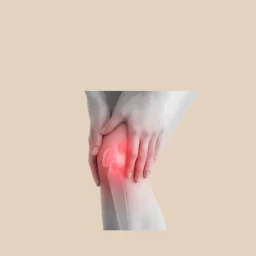What Causes Chronic Knee Pain?
Knees are tricky and complex joints. They include the femur, tibia, fibula, and patella as well as several ligaments, tendons and menisci. Our knees allow us to walk, run, climb stairs, sit and stand. It is a common condition and it can be temporary or chronic. It can be the result of an injury or trauma, or it can gradually develop. Below we explore some of the common causes of chronic and annoying knee pain. The exact cause of this type of knee pain is often hard to determine as it can be multifactorial.
Osteoarthritis and knee pain
Osteoarthritis (OA) is the most common form of arthritis in the knees. It affects more than one-third of people over the age of 65. Knee OA is characterized by the degenerative wear-and-tear of the knee joint and its cartilage. It can be painful. The pain is often worse with use, and better with rest. However, movement can be helpful. Stiffness that improves after approximately 30 minutes of activity is a common symptom of OA. Other signs and symptoms include swelling, feeling and hearing grinding in the joint, and limping because of pain. Common risk factors for developing knee OA include being female, obesity, older age and previous knee injury. Knee OA can be very manageable with exercise, supportive devices, as well conservative anti-inflammatory and pain-control methods. However, in cases of advanced knee degeneration, joint replacement may be warranted.
Bursitis and knee pain
The are 11 bursae that surround each knee joint. A bursa is a fluid-filled sac that reduces friction and acts like a cushion to reduce pressure between the overlying structures of a joint. Bursitis is the inflammation of one or multiple of these fluid-filled sacs. In the knee, the most common bursae to become inflamed are the one over the kneecap and the one on the inner side of the knee below the joint. Causes of knee bursitis include frequent and constant pressure on the knee from kneeling on hard surfaces for example, overuse activities such as running or cycling, a direct blow, bacterial infection of the bursa, complications from OA, rheumatoid arthritis or gout in the joint. Signs and symptoms to look for in bursitis are localized pain, warmth, tenderness, and swelling of the affected bursa.
Patellar Tendonitis
Patellar tendonitis, also known as jumper’s knee, is an overuse injury affecting the patellar tendon, the tendon just below the kneecap. This tendon attaches the kneecap to the shinbone. Patellar tendonitis can develop as the result of repetitive stress and the accumulation of small tears to the tendon from activities that require frequent jumping and landing. Athletes are therefore at a greater risk of developing patellar tendonitis. However, it can also be the result of aging and degeneration of tissue. Signs and symptoms include localized pain and tenderness below the kneecap, thickening of the tendon, stiffness of the tendon, and increased pain with jumping, landing, or running.
Chondromalacia Patella
One of the most common causes of knee pain is due to chondromalacia patella. It is the wear, softening and breakdown of the cartilage on the underside of the kneecap. When we have imbalances in the muscles of our legs, our kneecap becomes misaligned and no longer tracks properly. This poor tracking causes friction beneath the kneecap and can develop into chondromalacia patella. The most common symptom associated with this knee disorder is a dull, aching pain behind the kneecap. Often, the pain is worse after a period of sitting.
Patellofemoral Pain Syndrome
Another common cause of knee pain is patellofemoral pain syndrome (PFPS). This is also known as runner’s knee as it occurs in individuals who engage in activities requiring repetitive bending such as running, biking, climbing and jumping. Symptoms of PFPS include pain behind and around the kneecap, pain while bending, and pain that is worse with going downstairs or downhill. There are many potential causes of PFPS. For example, overuse of the knees, direct trauma, leg muscle imbalances, and foot and ankle problems.
Avoiding Knee Pain
Knee pain is common. The good news, there are many ways to take care of your knees and surrounding tissues to avoid chronicity. Regular foam rolling and stretching of the muscles in the low back, hips, legs, lower legs and feet will help. Preventing excessive tightness in all of these areas will keep your knees happy! As we know, movement is medicine. Exercise, particularly strength training of the lower body will help keep your knees stable and strong. We often work on strengthening our quadricep muscles, but don’t forget about your hamstrings and glutes! In times of joint irritation and pain, ice will be your best friend. Sometimes knee problems are a result of poor foot mechanics. In these cases, custom orthotics can help.
If you are experiencing annoying knee pain, talk to your chiropractor, physiotherapist, or massage therapist. Our team of MSK experts will assess your gait, your movement and your pain, and provide you with advice and care to get you back on track! Visit our website or call us to book an assessment today at either our CURAVITA Glebe Clinic (613-237-9000) or at our CURAVITA Byward Clinic (613-860-8600).


